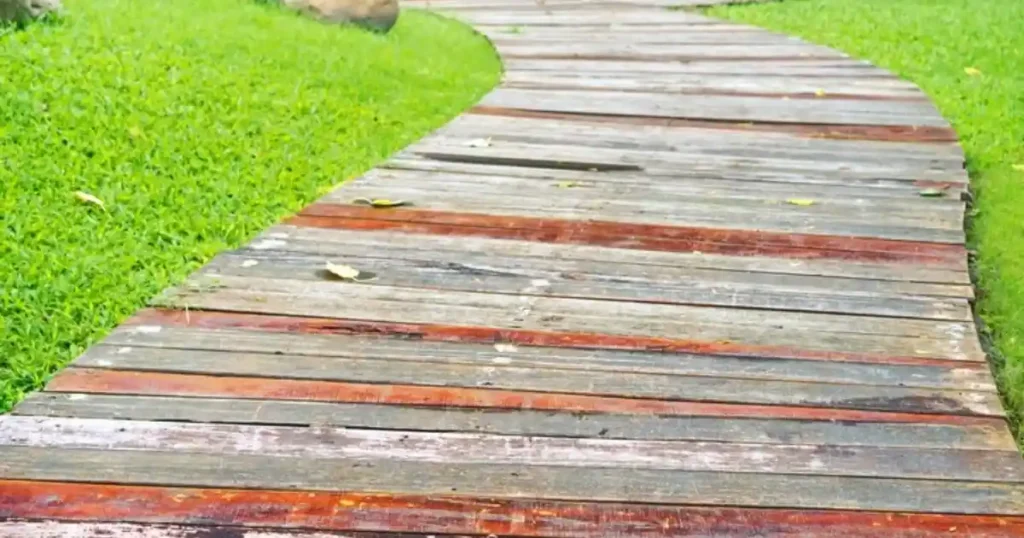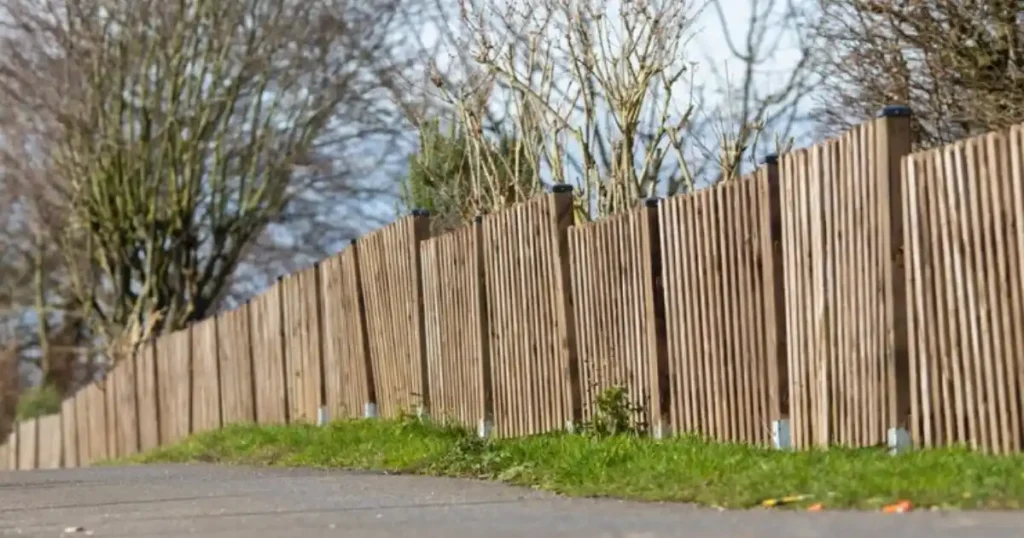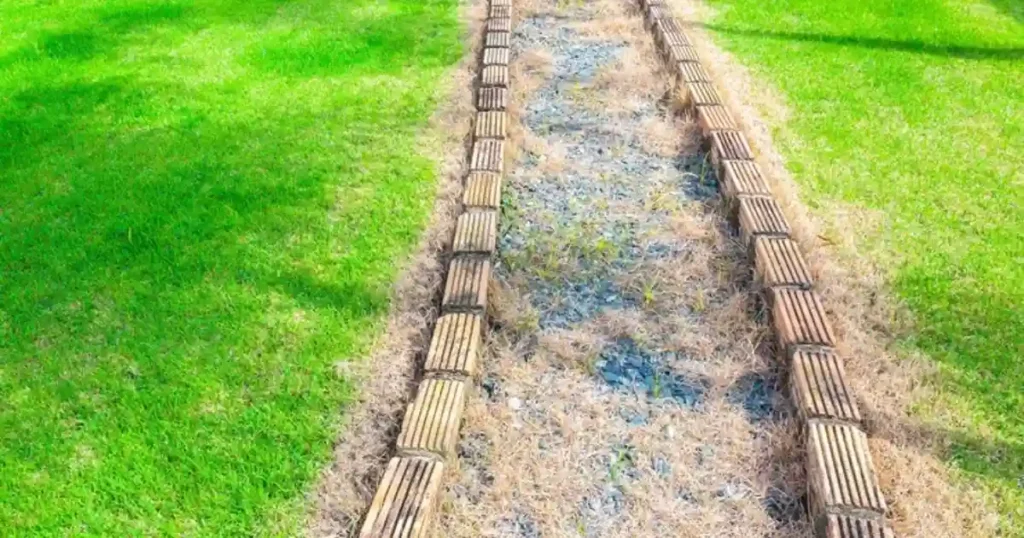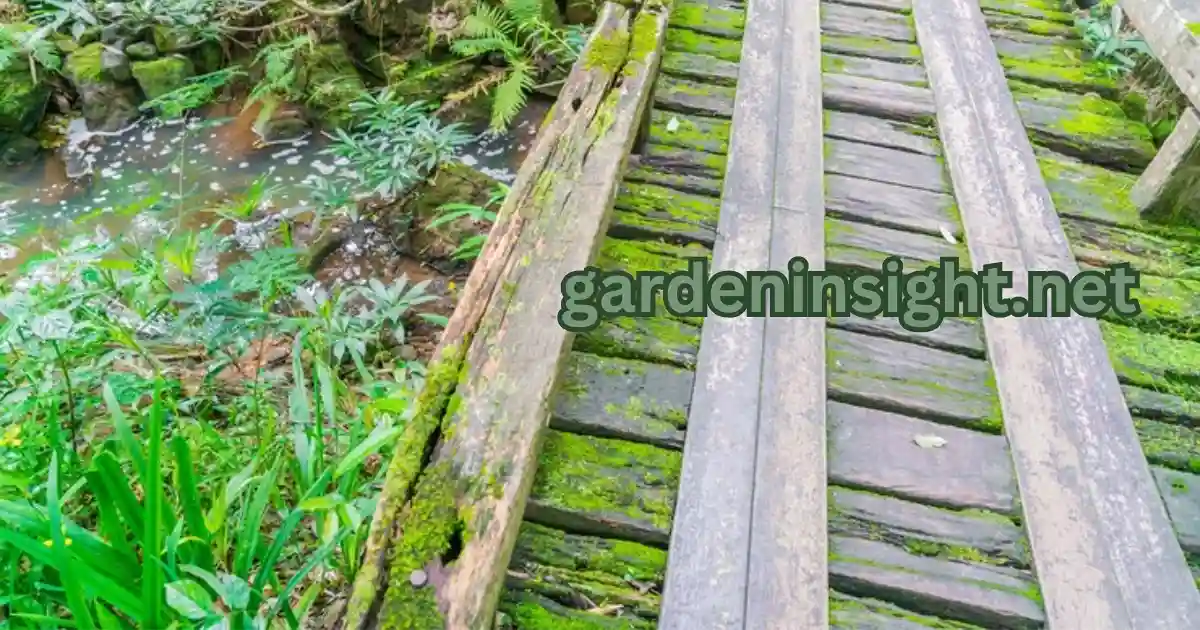Railway sleepers are a versatile and durable material that can add a rustic charm to any garden. Whether you’re creating raised beds, steps, retaining walls, or pathways, knowing how to lay railway sleepers correctly is essential for a successful and long-lasting project.
This comprehensive guide will walk you through the process of how to lay railway sleepers, offering expert tips and advice along the way.
Planning Your Project

Before you begin, careful planning is crucial. Determine the purpose of your railway sleepers and how they will fit into your overall garden design.
- Measure your space: Accurately measure the area where you intend to lay the sleepers to determine the number and size required.
- Consider the layout: Visualize the design and create a rough sketch or plan to guide your installation.
- Choose the right sleepers: Select sleepers that are appropriate for your project and in good condition. Consider the size, type of wood, and treatment.
Tools needed to lay railway sleepers in a garden
Gathering the necessary tools beforehand will make the process to lay railway sleepers smoother. Here’s a list of essential tools:
- Shovel and spade: For digging trenches and moving soil.
- Spirit level: To ensure sleepers are level.
- Rubber mallet: For tapping sleepers into place.
- String line and pegs: To mark out straight lines and ensure accurate placement.
- Drill and drill bits: For creating pilot holes for screws or spikes.
- Screws or spikes: To secure sleepers to the ground or to each other.
- Tape measure: For measuring distances and marking cuts.
- Saw (hand saw or circular saw): For cutting sleepers to size.
- Gloves and safety glasses: To protect your hands and eyes.
How do you prepare the ground for railway sleepers?
Proper ground preparation is essential for ensuring the stability and longevity of your railway sleeper project.
- Clear the area: Remove any vegetation, rocks, or debris from the area where you will be laying the sleepers.
- Level the ground: Use a shovel and rake to level the ground and create a flat surface.
- Create a solid base: For pathways and retaining walls, compact the soil or add a layer of gravel for drainage and stability.
To Lay Railway Sleepers
With the ground prepared, you can now begin to lay railway sleepers.
- Mark the positions: Use string lines and pegs to mark the desired positions of the sleepers.
- Dig trenches: Dig trenches that are slightly wider than the sleepers and deep enough to accommodate the desired height.
- Add a base layer: If necessary, add a layer of gravel to the trench for drainage and stability.
- Position the sleepers: Carefully place the sleepers in the trenches, ensuring they are level and aligned.
- Secure the sleepers: Use screws or spikes to secure the sleepers to the ground or to each other.
Finishing Touches
Once the sleepers are in place, you can add finishing touches to enhance their appearance and longevity.
- Backfill the trenches: Fill the gaps around the sleepers with soil or gravel.
- Apply a sealant: Consider applying a sealant to protect the sleepers from moisture and rot.
- Add decorative elements: Enhance the area with plants, flowers, or other decorative elements.
Can You Lay Railway Sleepers on Soil
Laying railway sleepers directly on soil is possible, but it’s crucial to prepare the ground properly to ensure stability and longevity. While sleepers are durable, direct contact with soil can accelerate rotting.
To mitigate this, create a level foundation by compacting the soil or adding a layer of gravel for drainage. This prevents water from pooling beneath the sleepers and prolongs their lifespan. For lighter applications like edging, direct soil contact may be sufficient with proper ground preparation.
However, for heavier structures like retaining walls, consider using a more robust foundation with deeper trenches and additional support. Always choose treated sleepers or apply a sealant to protect the wood from moisture and decay.
Can we Lay Railway Sleepers for Garden Edging?

Yes, railway sleepers are an excellent choice for garden edging. Their durability and rustic appearance make them ideal for creating defined borders around flower beds, lawns, or pathways. You can lay them horizontally or vertically, depending on your desired aesthetic.
What is the best way to secure railway sleepers in place?
The best way to secure railway sleepers depends on the project and the type of soil. For light-duty applications, such as edging, spikes or heavy-duty landscape staples may be sufficient. For heavier projects, such as retaining walls, use galvanized screws or bolts driven into the ground or into supporting posts.
Are there eco-friendly railway sleeper options for gardens?
Yes, there are eco-friendly railway sleeper options available. Reclaimed sleepers are a sustainable choice, as they are made from recycled materials. You can also find sleepers made from sustainably sourced wood or composite materials that mimic the look of traditional sleepers.
How to prevent railway sleepers from rotting in a garden?
To prevent railway sleepers from rotting, ensure proper drainage by creating a gravel base and sloping the ground away from the sleepers. Apply a weather-resistant sealant to protect the wood from moisture. You can also choose sleepers made from rot-resistant wood, such as cedar or oak.
What type of soil base is best for laying railway sleepers?

A well-drained soil base is crucial for laying railway sleepers. If your soil is heavy clay, amend it with organic matter or create a gravel base to improve drainage. For pathways and retaining walls, compact the soil or add a layer of gravel for stability.
Do railway sleepers need to be treated before use in a garden?
New railway sleepers are often treated with preservatives, but these can leach into the soil and may not be suitable for growing edible plants. If you’re concerned about chemicals, opt for reclaimed or untreated sleepers. You can also apply a non-toxic sealant to protect the wood.
Conclusion
Laying railway sleepers in your garden can add a touch of rustic elegance and create functional elements that enhance your outdoor space.
By following the steps outlined in this guide and considering the FAQs, you can confidently tackle your railway sleeper project and enjoy the results for years to come. Remember to plan carefully, prepare the ground properly, and choose the right materials and tools for the job.
With a little effort and attention to detail, you can transform your garden into a beautiful and functional oasis.
FAQs
Some of the frequently inquired questions regarding ways to lay railway sleepers in your garden are as follow:
How deep should I bury railway sleepers?
The depth depends on the project. For edging, bury them about one-third of their height. For retaining walls, bury them deeper to ensure stability.
How do I cut railway sleepers?
Use a hand saw or circular saw with a blade designed for cutting wood. Wear safety glasses and gloves when cutting.
Can I use railway sleepers to build a raised garden bed?
Yes, railway sleepers are ideal for constructing raised garden beds. They are durable and can withstand the weight of soil and plants.
How do I level railway sleepers?
Use a spirit level to check for levelness. Adjust the sleepers by adding or removing soil or gravel underneath until they are level.
How long do railway sleepers last in a garden?
With proper installation and maintenance, railway sleepers can last for many years, even decades.
